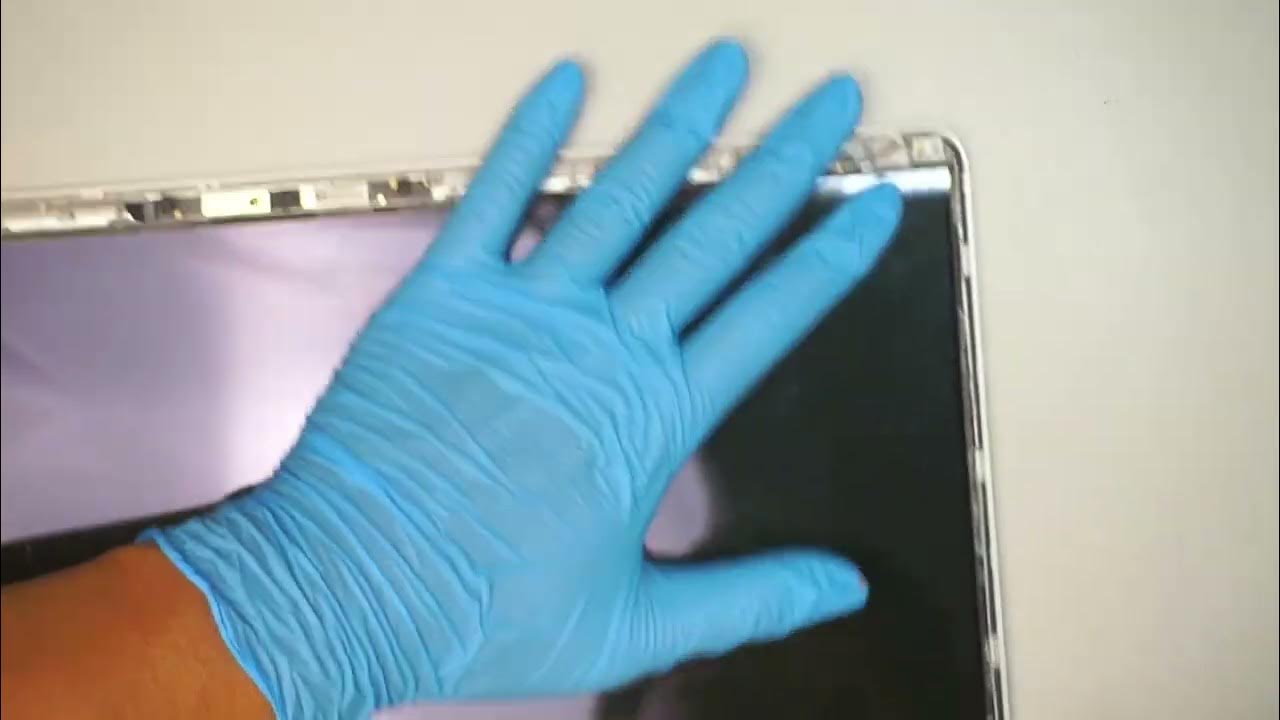Inserting a cable onto an ADMIRALTY Standard Nautical Chart
Summary
TLDRThis instructional video demonstrates the precise process of updating a nautical chart with a new submarine cable. It guides viewers through using a grid box for initial positioning, marking the cable's location with a 7H pencil, and then verifying with a tracing. After ensuring accuracy, a 2B pencil and ruler are used to draw guidelines. The cable is then neatly drawn with a magenta 0.18 pen, avoiding overlap with existing chart details. Finally, all pencil marks are erased, and the tracing is reapplied to confirm the cable's correct placement. The video concludes with updating the chart's Notices to Mariners section.
Takeaways
- 📍 Use the grid box to find the NM position on the chart.
- 📏 Use latitude and longitude guides to place the tracing accurately.
- ✏️ Mark the submarine cable positions with a 7H pencil through the tracing onto the chart.
- 📝 Remove the tracing to reveal the marked positions on the chart.
- 📏 Draw guidelines between marked positions using a 2B pencil and a ruler.
- 🔍 Double-check the guideline positions by placing the tracing back on the chart.
- 🖋️ Draw the submarine cable with a magenta 0.18 pen and a hacksaw blade, ensuring a neat wavy line.
- ❌ Avoid drawing over any existing chart information.
- 🗒️ Erase all pencil markings after completing the cable drawing.
- 🔄 Check the cable's correct position by overlaying the tracing once more.
- 📋 Update the chart with the NM update number in the Notices to Mariners section.
Q & A
What is the purpose of using a grid box in the process described?
-The grid box is used to reference the NM (nautical mile) position on the chart, which helps in accurately locating the position of the submarine cable.
Why is a tracing sheet used in this process?
-A tracing sheet is used to lay out the exact location of the submarine cable on the chart by using latitude and longitude guides, ensuring precision without directly marking the chart.
What type of pencil is recommended for marking the positions of the submarine cable on the tracing sheet?
-A 7H pencil is recommended for marking the positions because it provides a light, precise mark that can be easily erased if needed.
Why is it important to remove the tracing sheet after marking the positions?
-Removing the tracing sheet after marking allows you to reveal the chart underneath and use a 2B pencil and ruler to draw guidelines between the marked positions without damaging the tracing sheet.
What is the purpose of relaying the tracing over the chart after drawing guidelines?
-Relay the tracing over the chart to check that the guideline positions are correct before proceeding with the final drawing of the submarine cable.
Why is a magenta 0.18 pen used to draw the submarine cable?
-A magenta 0.18 pen is used to draw the submarine cable with a neat wavy line because magenta is a color that stands out clearly on charts, and the 0.18 pen size provides a precise line width.
What is the significance of using a hacksaw blade when drawing the cable?
-A hacksaw blade is used as a straightedge to ensure that the wavy line representing the submarine cable is drawn straight and neat without deviating from the intended path.
Why is it crucial not to draw over existing chart information?
-It is crucial not to draw over existing chart information to maintain the integrity and readability of the chart, as overdrawing can obscure important data and create confusion.
What is the role of an eraser in this process?
-An eraser is used to remove all pencil markings after the final drawing is complete, ensuring that the chart remains clean and only the permanent updates are visible.
How does laying the tracing back over the chart help in the process?
-Laying the tracing back over the chart helps to verify that the cable has been inserted in the correct position, ensuring accuracy before finalizing the chart updates.
What does updating the NM update number in the chart's Notices to Mariners section signify?
-Updating the NM update number signifies that the chart has been revised with the latest information, including the newly added submarine cable, and is current with the most recent maritime updates.
Outlines

This section is available to paid users only. Please upgrade to access this part.
Upgrade NowMindmap

This section is available to paid users only. Please upgrade to access this part.
Upgrade NowKeywords

This section is available to paid users only. Please upgrade to access this part.
Upgrade NowHighlights

This section is available to paid users only. Please upgrade to access this part.
Upgrade NowTranscripts

This section is available to paid users only. Please upgrade to access this part.
Upgrade NowBrowse More Related Video

Inserting a note onto an ADMIRALTY Standard Nautical Chart

Amending the range of a light onto an ADMIRALTY Standard Nautical Chart

Moving a buoy on an ADMIRALTY Standard Nautical Chart

An explanation of equipment and tools used when updating an ADMIRALTY Standard Nautical Chart

An overview of Notices to Mariners and how to use them

How to Replace HP 15 DY Laptop Screen
5.0 / 5 (0 votes)